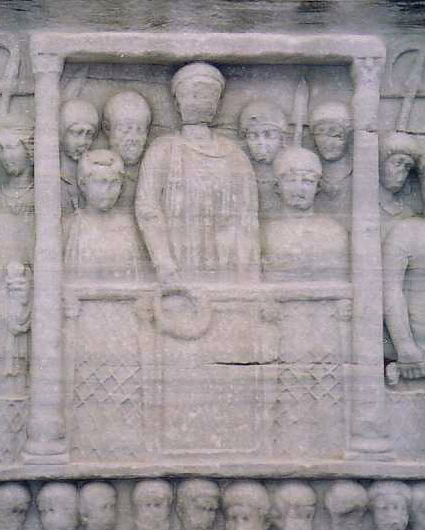The little-studied Hebrew text known as "The Hippodrome of Solomon" (Ippodromin shel Shlomo) contains a stunning act of Jewish literary imagination: it represents the Jerusalem of King Solomon's day through the cultural lens of Byzantine urban life. In particular, it highlights the architecture and imperial ceremonial of the hippodrome in Constantinople in relation to this ancient model. Dating to some time between 600 and 950 C.E., this composition exhibits highly detailed knowledge of Byzantine court ritual, especially regarding the central place of the hippodrome and horse-racing in the imperial practice and ideology. The text's knowledge of Byzantine court life and what would seem to be its direct awareness of the genres and even specific examples of court literature suggest a view from "within the palace" or at the very least from "within the capital."
At the same time, the text attributes its traditions to much earlier amoraic rabbis, such as R. Yohanan and Abbaye, and exhibits formal affinities to midrashic writings and styles of exegesis. This provocative fusion of Byzantine and rabbinic literary cultures need not surprise us. Both Jewish and Christian sources provide ample evidence for the existence of Jewish elites who belonged socially and culturally to the world of the Byzantine imperial court. This text thus demonstrates that in medieval Byzantium at least some Jews could integrate their knowledge of Hebrew and their commitment to Jewish communal life with their education in Greek literary culture and even a relatively high degree of identification with Byzantine interests.
